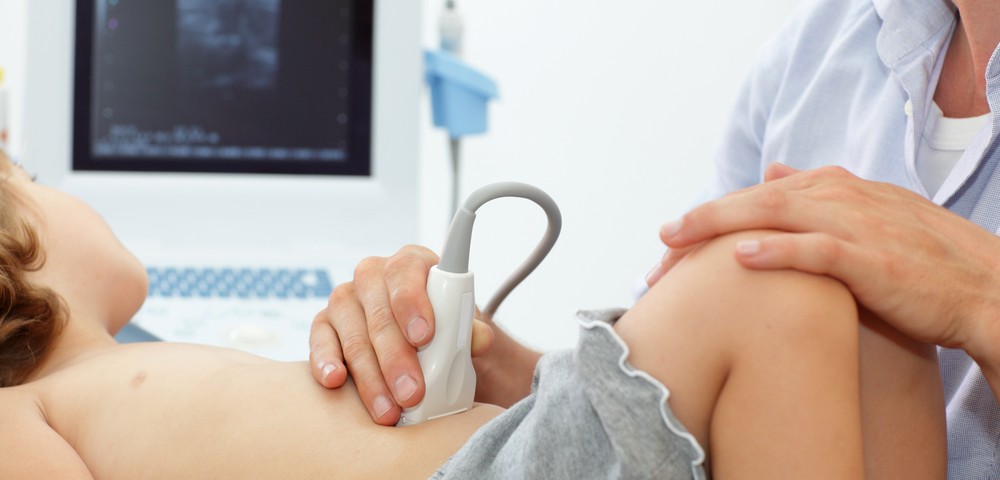Researchers from Children’s Hospitals and Clinics of Minnesota compared the clinical and survival outcomes of children and adolescents injured in motor vehicle accidents treated at a stand-alone Level I pediatric trauma centers (PTC), a general adult trauma center (ATC), and an adult trauma center with added Level I pediatric qualifications (ATC+PTC).
They found that, although the settings presented similar mortality rates among children, they faced a greater risk of serious complications, such as pneumonia, when treated at an ATC. And adolescents treated at either an ATC or ATC+PTC experienced a greater risk of death compared to those treated only at a PTC.
The research article describing the findings, “Comparison of pediatric motor vehicle collision injury outcomes at Level I trauma centers,” was published in The Journal of Pediatric Surgery.
Injuries are the leading cause of death in children in all nations in the Organization for Economic Cooperation and Development (OECD), with unintentional injuries killing more than 12,000 children and young adults between the ages of 1 and 19 in the U.S. every year. Pediatric trauma centers, many inaccessible within one hour by 28 percent of pediatric patients, focus on the care of injured children, accounting for their special needs.
The researchers reviewed data from the American College of Surgeons (ACS) National Trauma Data Bank. The study included the analyses of 16,643 children younger than 15, and 11,502 adolescents ages 15 to 17, treated at a Level I trauma center from 2009-2012. In total, 5,608 (19.9 percent) were treated at a PTC, 6,101 (21.7 percent) were treated at an ATC+PTC, and 16,436 (58.4 percent) were treated at a general ATC.
Among the analyzed children, the risk of laparotomy, an invasive abdominal surgical procedure, and pneumonia was found to be higher at ATCs when compared to treatment at PTCs. Adolescents, treated either at ATC+PTCs or ATCs, experienced greater odds of death and laparotomy compared to adolescents treated at PTCs.
In light of the findings, researchers suggested that the identification and sharing of best practices among Level I trauma centers could reduce the risk of complications and prevent unnecessary interventions, reducing variation in care and improving survival outcomes for children and adolescents.
“Pediatric trauma centers are exclusively focused on the care of injured children. As such, the care teams are often more comfortable recommending a conservative approach, including observation instead of aggressive treatment or diagnosis, compared to physicians at adult trauma centers who treat fewer pediatric patients,” concluded one of the study’s authors, Anupam B. Kharbanda, M.D., chief of Critical Care Services at Children’s Minnesota, in a press release.
“This, combined with very aggressive use of standardized pediatric care pathways in these centers, likely contributes to the better outcomes we noted in this study,” Kharbanda said.


